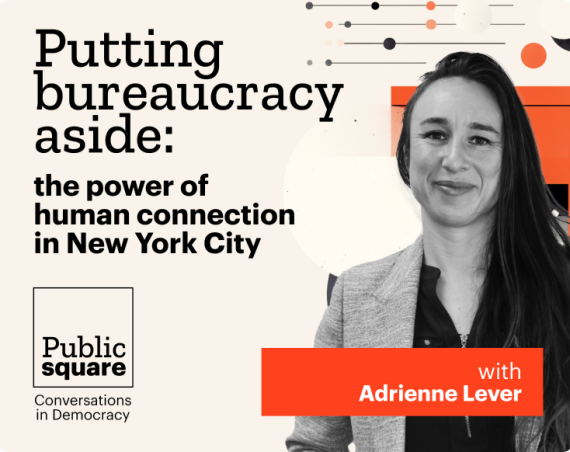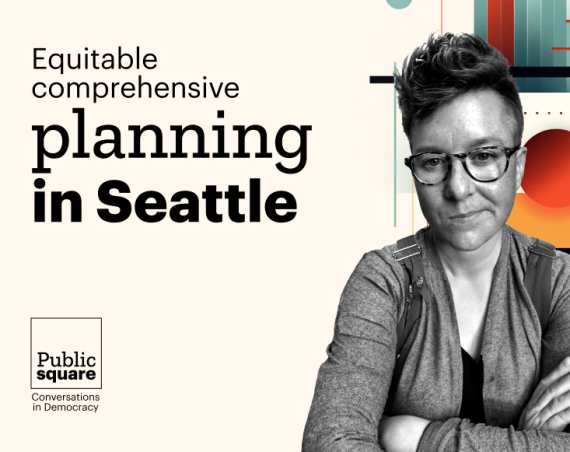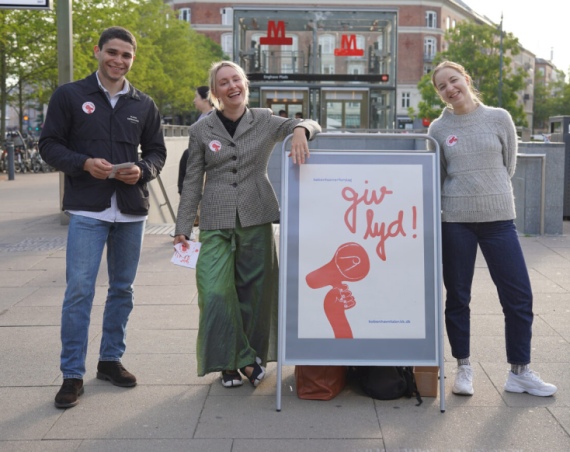This blog post is inspired by the article “Understanding New Power” by Jeremy Heimans and Henry Timms, which is an extract from their book New Power.
Power is shifting; many processes in our society are – slowly but surely – becoming increasingly shared, open and participatory. New movements like #MeToo illustrate how channelling the power of many can lead to overthrowing more traditional and authoritative power figures. It’s exemplary for how our communities seem to be moving away from a leader-driven and top-down approach, towards a more peer-driven form of power that moves sideways.
People often attribute this shift to the rise of technology; tech would provide more people with the opportunity to access information as well as share ideas with their peers. Jeremy Heimans and Henry Timms argue in their book “New Power“, however, that technology isn’t the catalysator but merely the enabler of this broader, societal transformation. The main driver between the growing tension between old and new power, according to them, is human agency.
Regardless of the underlying reason behind this shift, it’s becoming clear that institutions founded on old power principles, like governments, are struggling to adapt to the changing landscape. Because what is precisely the difference between Old and New Power? How can local councils start to implement a more peer-driven, participatory culture? And is there a way for governments to benefit from both models? Let’s have a look!
What is the difference?
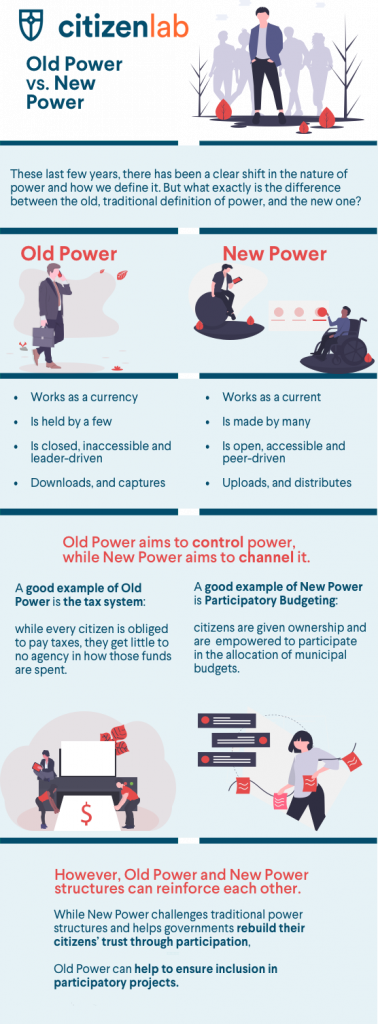
The big difference is thus that old systems aim to control power, while new systems aim to channel it. Consequently, by relying on this participatory energy, new power also requires a lot more flexibility than old power.
An institutionalized old power example, as also referred to by Heimans & Timms in their book, is the tax system. Aside from a vote every few years, citizens get little to no agency in deciding how to spend funds. Said in tech terms: the user experience of taxpayers is very unrewarding. By installing participatory processes in tax returns, for instance, these traditional power forms could become less dull. What if taxpayers would receive a thank you video by people who are helped with this money? Via installing a “feedback loop” citizens not only get a better indication of where their money goes, but it also makes the process more personal and rewarding.
If we want to rebuild public trust in our institutions, we have to let people get their hands on them.
Jeremy Heimans & Henry Timms, New Power (2018)
Participatory budgeting is in this regard a step in the right direction, as it allows citizens to allocate budgets themselves. Participatory budgets can serve a larger purpose by giving citizens ownership and a real opportunity to participate. As in any crowdsourcing project, bias can, however, influence the outcome of participatory budgets: some projects might go viral, while others are vital. Bias immediately outlines the potential issue with new power: participation and transparency don’t inherently lead to equal representation or inclusion. Old power structures could thus be necessary to ensure these participatory processes run fairly.
Civic Tech is another clear example of a form of new power. It is open and participatory and aims to channel the engagement between citizens and local councils. By building on these new power values, Civic Tech provides an opportunity for rebuilding trust within your community. The strength of power being “made by many”, is citizens feeling a part of something, owing to the agency or ownership they receive.
Moving towards a more participatory culture
Having a Facebook page, or a participation platform for that matter, does not equal having a new power model. A fancy platform won’t magically change the internal, often bureaucratic structures and values of large public administrations. Nevertheless, having the right technology can serve as a starting point to shift towards a more participatory culture.
Civic Tech provides the tools to start changing these underlying processes, for instance by engaging with your community throughout the policy process via the different participation methods. Remember though: the tech remains an enabler for building these processes within a government, teams will have to put in the work to actually make it happen.
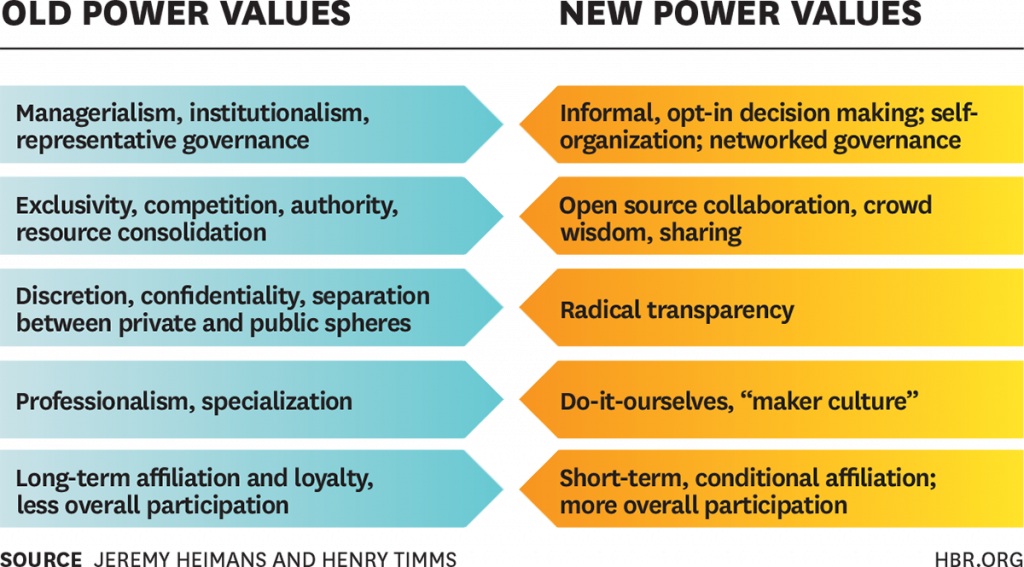
Moving towards a participatory culture doesn’t require your local council to overhaul the values on which it is based entirely. It could be interesting, however, to sit down with your team and discuss how the new power values could serve as guidelines in designing your next participation project.
When moving towards new power values, realize that the organizational challenge becomes finding a way to channel citizens’ passion again and again. In today’s interconnected world, governments aren’t the only ones competing for citizens’ attention and commitment… It means that you have to invest in growing a participatory culture – rather than delivering a single successful project – to become truly effective in navigating the new power landscape.
To grow this culture, it can help to move citizens up the participation ladder via a variety of participation projects. It takes some time to build trust, but governments can come a long way by taking participation seriously and providing better feedback loops to the community.
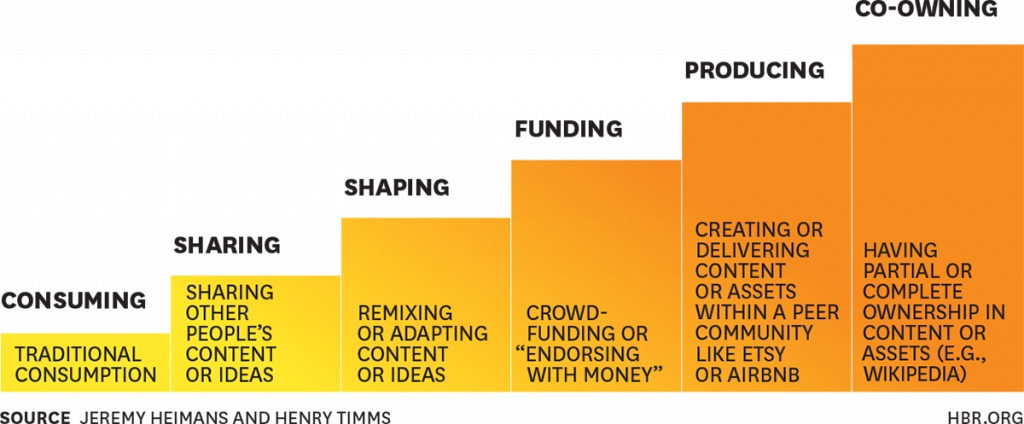
The best of both worlds
Which new power values are feasible for your local council to embrace? Which participation behaviours can you enable, and on which promises can you deliver? Start the conversation internally about adapting to these new realities and how your local council can respond.
Answering these questions doesn’t always lead to a resolute determination to deploy new systems. It can also help you identify the core aspects of your government model that you can’t or won’t change. Old power values are useful to ensure inclusion in participatory projects and with this old and new power can reinforce each other. In the end, it’s all about finding the sweet spot.
Read more
- What is the difference between Civic Tech and GovTech?
- What is the difference between Citizen Engagement and Citizen Participation?
- What is the difference between deliberative and participatory democracy?
- What is the difference between Artificial and Collective Intelligence?
- What is the difference between Radical and Incremental Change?


